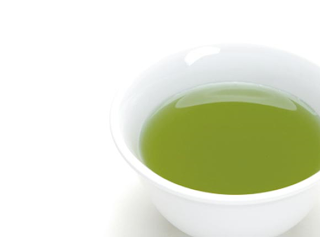Catechin is the secret of green tea. Many studies report high antioxidative effect of Catechin, which help you to prevent many health problems. So, the point is how to extract more Catechin into your cup. There is a study researching relation among water temperature, steeping duration, and amount of extracted Catechin. The result is very simple - the higher water temperature is and the longer steeping durantion is, the more Catechin would be extracted. Therefore, if you would like to intake more Catechin, use boiling water and steep for 10 minutes or as long as you can wait. If I say so, some of you may say "if you use boiling water, it will destroy Catechin!" Really? Actually, I had never heard this before, so I confirmed with National Institute of Vegetable and Tea Science if it's true or not. Their answer was "if you boil tea leaves for a hour, then it may destroy Catechin." So, don't worry to use boiling water. However, please remember Catechin has bitter/astringent taste. If you steep tea for long time, it makes tea SUPER strong/bitter and you can't enjoy the cup.
<RECOMMENDATION>
What I recommend is steeping tea just like usual and enjoying the 2nd and 3rd infusions. After the 1st infusion, there is much Catechin remaining in leaves. By steeping the same leaves for 2-3 times, you can take much more Catechin. And most importantly, you can enjoy each cup of tea!






















